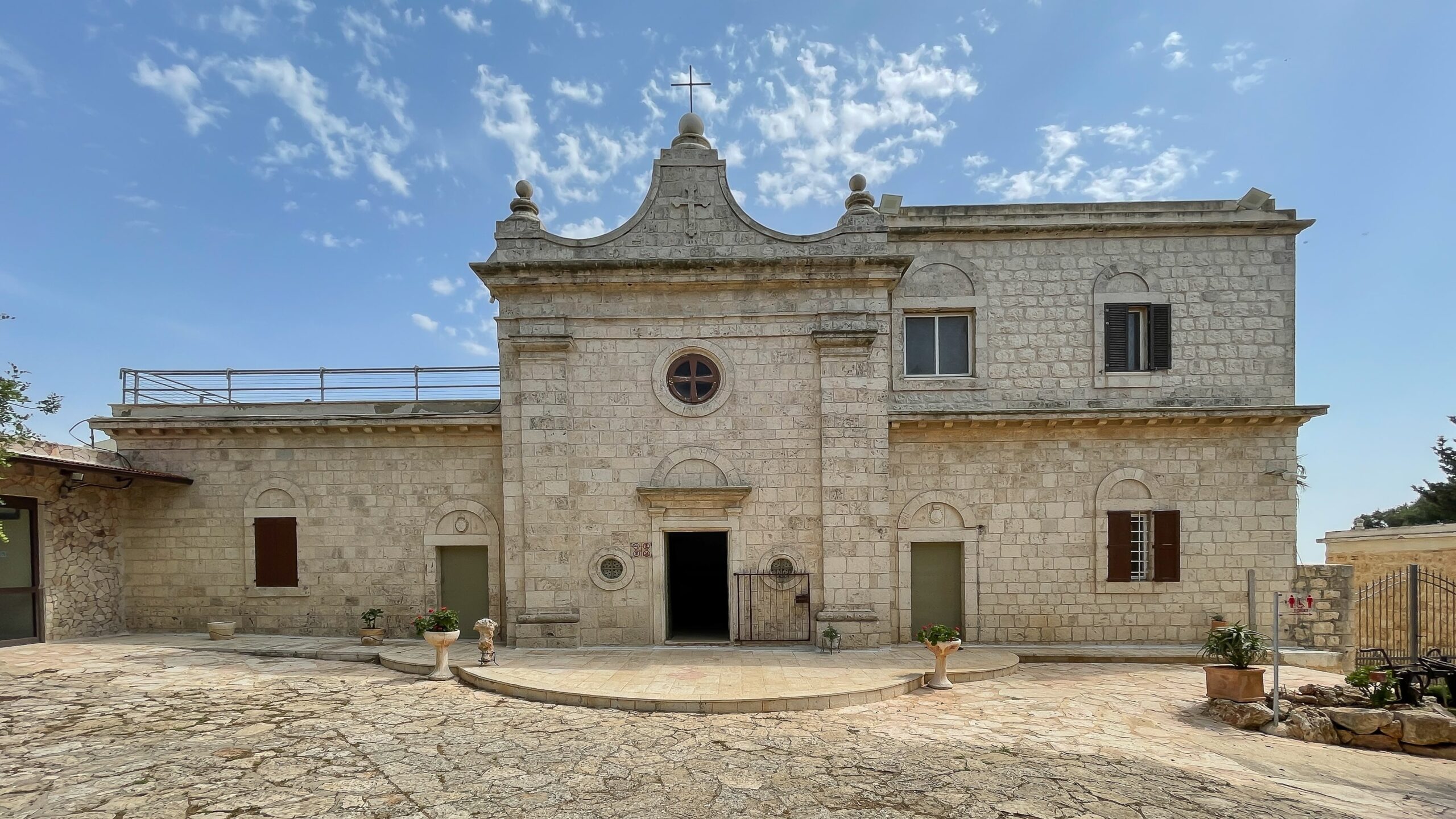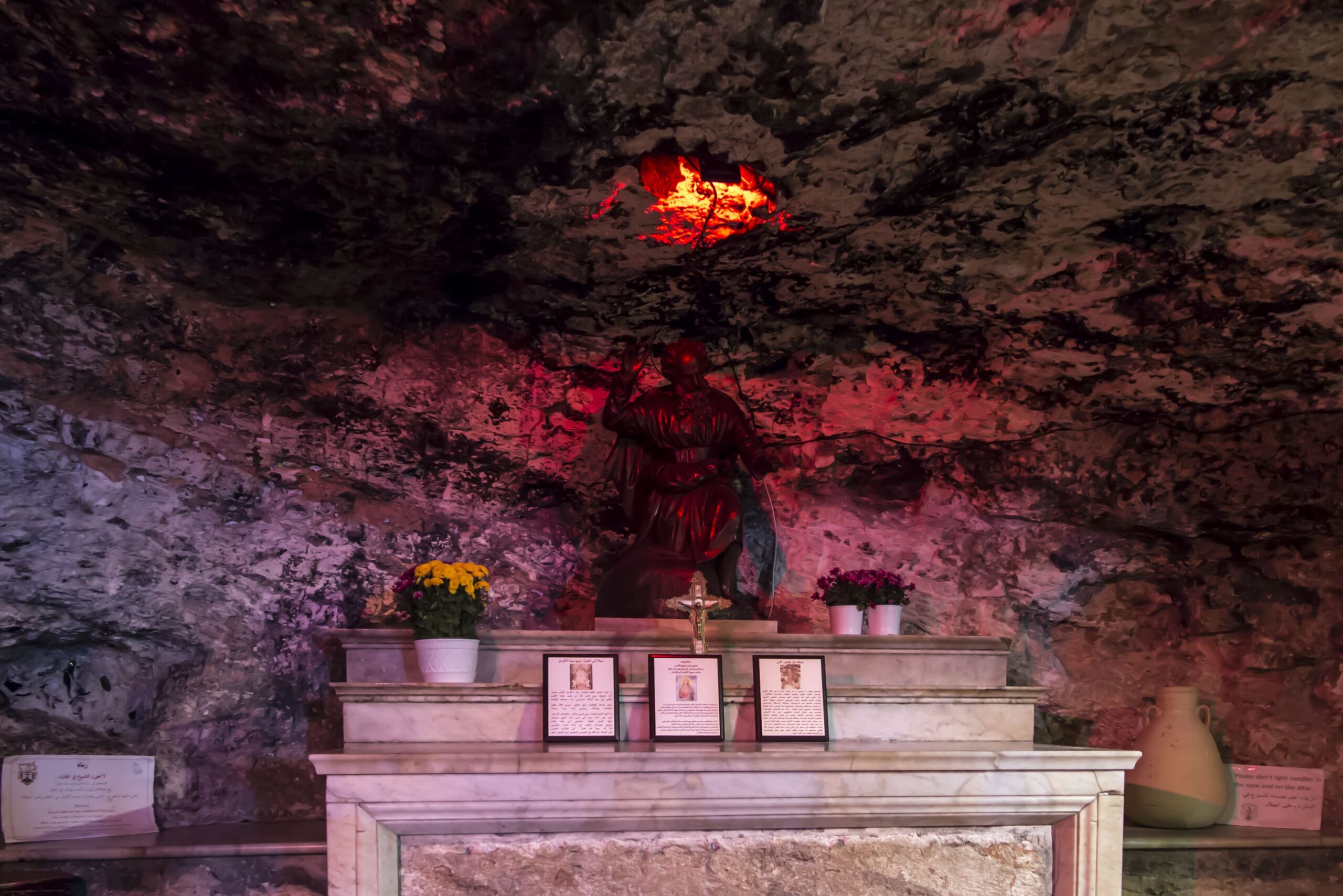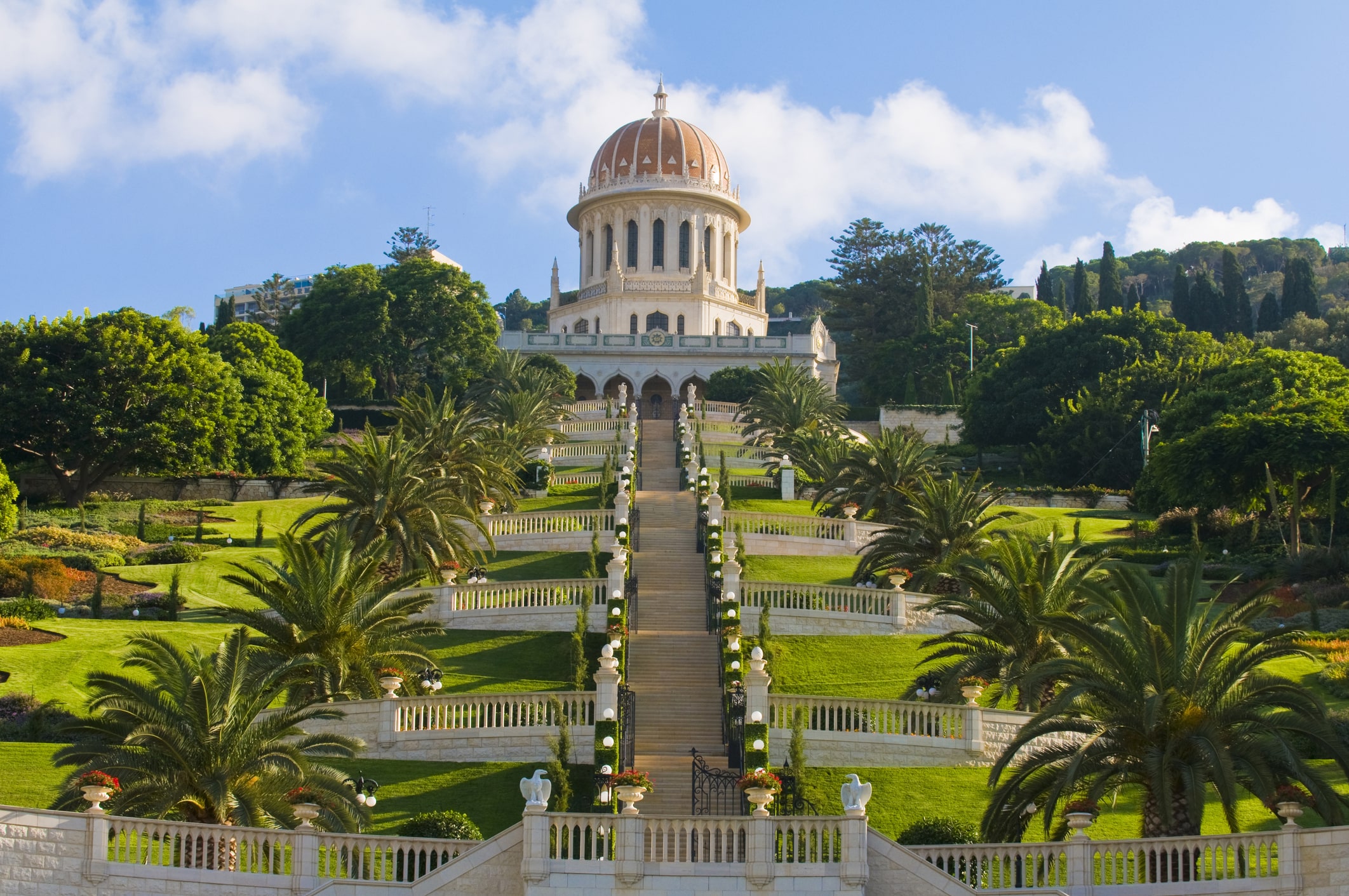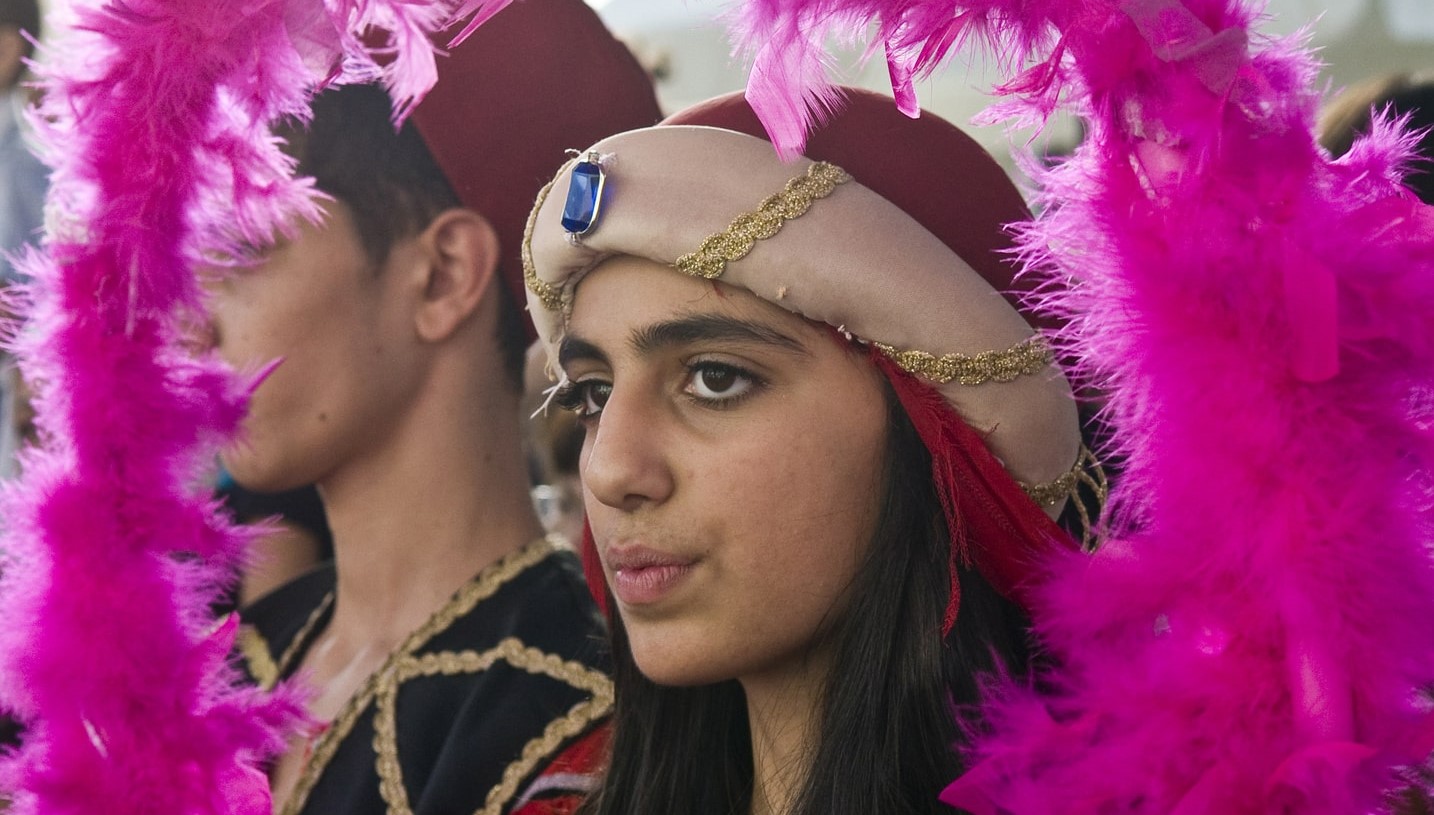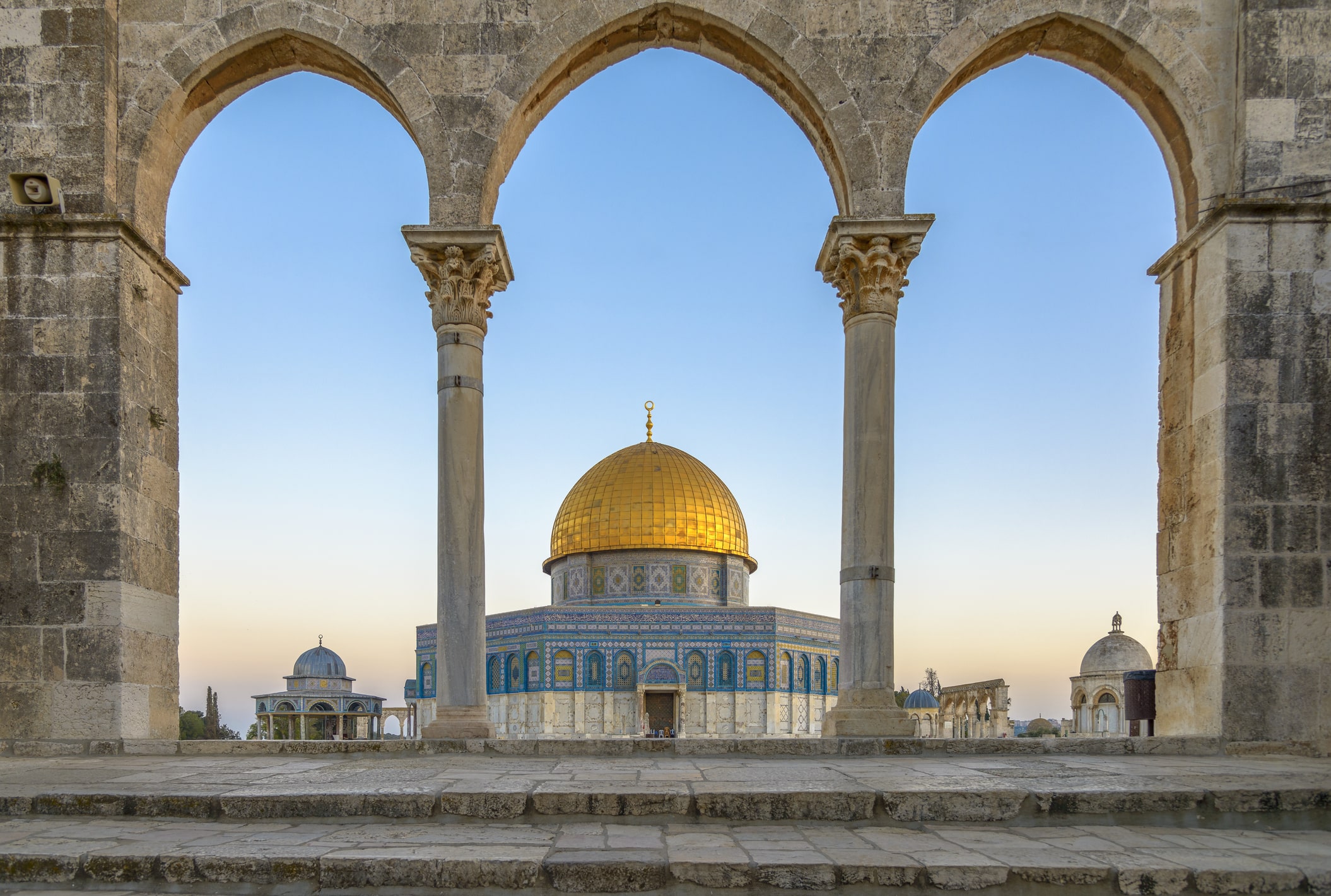WELCOME TO THE HOLY LAND
Nestled between the Mediterranean Sea and the slopes of sacred Mount Carmel is Israel’s third-largest city, Haifa, a multicultural melting pot of shrines, promenades, gardens and biblical sites. A place for adventures itself, Haifa is also popular as a gateway to Jerusalem, Bethlehem, Nazareth and other historic cities. For faith travellers and pilgrims, as well as everyday explorers, a visit to this part of the world can be deeply moving and never short of wonders. The city of Haifa is made up of a kaleidoscope of neighbourhoods, from its bustling Arab-Christian quarter to its sophisticated German colony to its vibrant, boho Masada Street, each adding to the verve of this diverse destination. The freshly renewed downtown area is even being hailed as Israel’s most innovative and interesting hipster hangout. Explore Haifa’s German colony for German Templer architecture with its honey-coloured stone and ornate calligraphic decoration, and to visit the Bahai Gardens, a lush sanctuary of water features, palm trees and the golden-domed Shrine of the Bab. Explore the Cave of Elijah at the slopes of Mount Carmel and the Carmelite monastery. Then take to Masada Street and witness modern street art, eclectic bars and art cafes, and live philosophical debates. Or to take in the region’s spiritual history, which is second to none, opt to visit the traditional Druze village of Isfiya with its tomb of Abu Abdallah, or the Carmelite monastery at the Biblical location of the standoff between Elijah and Baal prophets at Muhraka. Wherever you turn, beauty abounds as stories from the scriptures come to life. First-time visitors to Haifa soon become returning pilgrims.

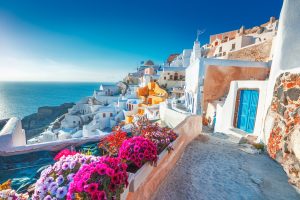 Santorini
Santorini 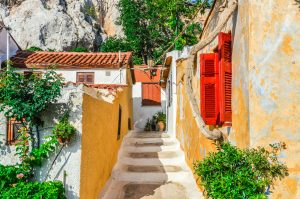 Athens
Athens 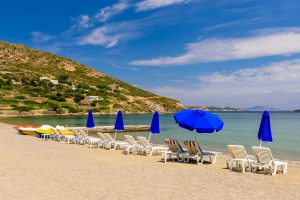 Patmos
Patmos  Istanbul
Istanbul 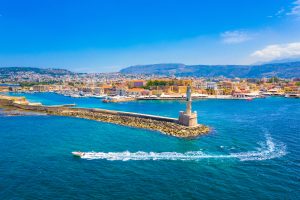 Crete
Crete 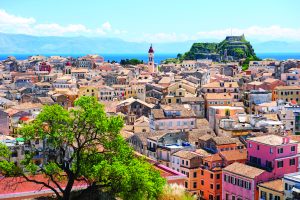 Corfu
Corfu 






 Deutschland (€)
Deutschland (€)
 Turkey (€)
Turkey (€)
